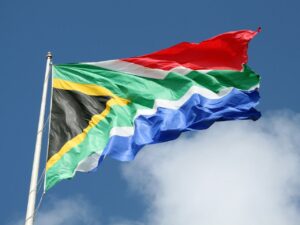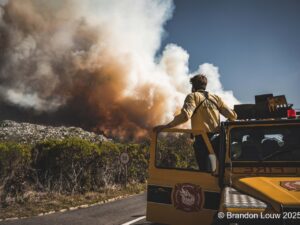Solving the mystery was a journey of data analysis‚ ancestry mapping‚ genomic comparison and global collaboration.
Known to many as “Oudtshoorn skin”, it has taken researchers exactly 40 years to find what it is that causes the “rare skin disease in Afrikaners” first described in 1977 by Wits dermatologist George Findlay.
He noticed that it occurred in families and that if a parent has it‚ about half the children inherit it in every generation.
Choosing “keratolytic winter erythema as a topic for her doctoral studies,” scientist Thandiswa Ngcungcu is responsible for the breakthrough, reports Times Live.
The disease causes redness on the palms and soles, with “cycles in which thick sections of skin peel‚ especially during winter”.
Wits researchers started studying the disorder in the late 1980s‚ and in 1997 the trait was mapped to the short arm of chromosome 8.
But the mutation remained elusive until Ngcungcu decided to try to track it down‚ said Wits spokeswoman Lisa Rautenbach.
Ngcungcu and her fellow researchers say they discovered a mutation in a region between genes which was present in all Oudtshoorn skin sufferers they studied.
In another instance of simultaneous discovery, a researcher from the University of Bergen discovered the cause of the disease in Norwegians. Comparing notes, they found an “overlap in a critical genomic region called an enhancer”.
The good news is that now research for possible treatments can begin.
But this isn’t the only high-risk genetic disorder Afrikaners are prone to:
[T]he best known being familial hypercholesterolaemia — inherited high cholesterol leading to heart attacks early in life — and porphyria —sensitivity of the skin to ultra-violet exposure and adverse reactions to specific drugs.
“These disorders are common because of founder mutations brought to South Africa by small groups of immigrants who settled in the Cape of Good Hope and whose descendants are now spread throughout the country‚” she said.
Having fulfilled her duty, Ngcungcu is now “examining the genetics of another skin disorder‚ albinism”.
What would we do without scientists, huh?
[source:timeslive]





